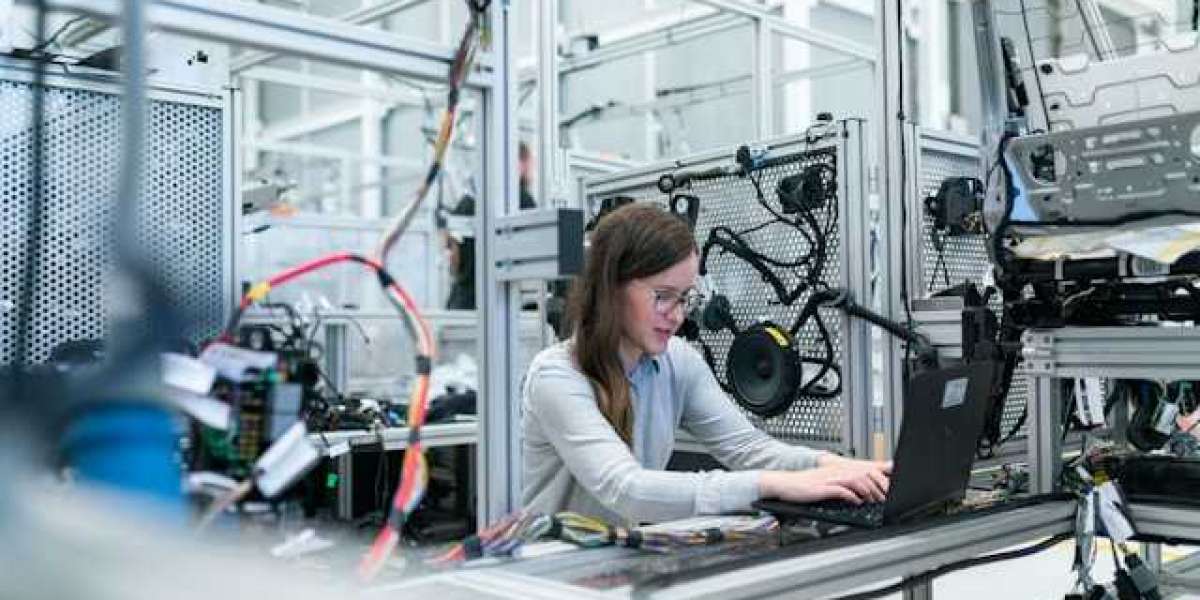In the world of manufacturing and packaging, liquid filling is a critical process that ensures products are efficiently and accurately dispensed into containers. Whether it’s beverages, pharmaceuticals, or household cleaners, the techniques used in liquid filling can significantly impact product quality, safety, and consumer satisfaction. Understanding the science behind these techniques is essential for manufacturers looking to optimize their operations and meet industry standards. This article delves into the various liquid filling techniques, the science that underpins them, and their applications in liquid packaging.
Understanding Liquid Filling
liquid packaging refers to the process of dispensing a specific volume of liquid into containers, such as bottles, pouches, or jars. This process is crucial in various industries, including food and beverage, pharmaceuticals, cosmetics, and chemicals. The primary goal of liquid filling is to ensure that the right amount of product is packaged efficiently and safely.
Importance of Liquid Filling Techniques
The choice of liquid filling technique can affect several factors, including:
Accuracy: Precise filling is essential to ensure that each container holds the correct amount of product, which is vital for compliance with regulations and customer satisfaction.
Speed: Efficient filling techniques can significantly reduce production time, allowing manufacturers to meet demand without compromising quality.
Product Integrity: Different liquids have varying properties, such as viscosity and temperature. The right filling technique helps maintain the integrity of the product, preventing contamination or degradation.
Common Liquid Filling Techniques
1. Gravity Filling
Gravity filling is one of the simplest and most widely used techniques in liquid filling. This method relies on the force of gravity to dispense liquid from a tank or reservoir into containers.
How It Works: In gravity filling, the liquid is stored in a tank above the filling nozzles. When the container is positioned under the nozzle, the liquid flows down into the container due to gravity. The filling process is typically controlled by a valve that opens and closes to regulate the flow.
Applications: Gravity filling is commonly used for thin liquids, such as water, juices, and some cleaning products. It is a cost-effective method for high-volume production.
2. Piston Filling
Piston filling is a more precise technique that uses a piston mechanism to dispense liquid into containers. This method is particularly effective for thicker liquids and products with particulates.
How It Works: In piston filling, a piston moves within a cylinder to draw liquid into a chamber. When the chamber is full, the piston pushes the liquid out through a nozzle and into the container. This technique allows for accurate measurement of the liquid being dispensed.
Applications: Piston filling is ideal for viscous liquids, such as sauces, creams, and gels. It is also suitable for products that require precise dosing, such as pharmaceuticals.
3. Pump Filling
Pump filling utilizes a pump to transfer liquid from a storage tank to the filling nozzle. This technique is versatile and can accommodate a wide range of liquid viscosities.
How It Works: In pump filling, the liquid is drawn from a tank through a pump, which then pushes the liquid through a filling nozzle into the container. The flow rate can be adjusted based on the desired filling speed and volume.
Applications: Pump filling is commonly used for both thin and thick liquids, including oils, syrups, and chemical products. It is particularly useful for high-speed production lines.
4. Vacuum Filling
Vacuum filling is a technique that uses negative pressure to draw liquid into containers. This method is particularly effective for filling containers with narrow openings or for products that are sensitive to air exposure.
How It Works: In vacuum filling, a vacuum is created in the container, which causes the liquid to be drawn in through the filling nozzle. This technique minimizes the risk of air bubbles and oxidation, which can affect product quality.
Applications: Vacuum filling is often used for sensitive products, such as wines, oils, and certain pharmaceuticals. It is also suitable for products that require a high level of cleanliness.
5. Auger Filling
Auger filling is a specialized technique used for filling powdered or granular products, but it can also be adapted for certain liquid applications.
How It Works: An auger screw moves the liquid or semi-liquid product through a tube and into the container. This method is particularly useful for products that have a thick consistency or contain particulates.
Applications: Auger filling is commonly used in the food industry for products like peanut butter or thick sauces, as well as in the pharmaceutical industry for certain formulations.
Factors Influencing the Choice of Liquid Filling Technique
When selecting a liquid filling technique, several factors must be considered:
Viscosity of the Liquid: Thicker liquids may require piston or pump filling, while thinner liquids can be effectively filled using gravity.
Container Type: The design and size of the container can influence the choice of filling technique. For example, narrow-necked bottles may benefit from vacuum filling.
Production Volume: High-volume production may necessitate faster filling techniques, such as pump filling or gravity filling.
Product Sensitivity: Products that are sensitive to air exposure or contamination may require specialized techniques like vacuum filling.
Conclusion
The science behind liquid filling techniques is essential for manufacturers looking to optimize their liquid packaging processes. By understanding the various methods available—such as gravity filling, piston filling, pump filling, vacuum filling, and auger filling—businesses can make informed decisions that enhance efficiency, accuracy, and product integrity.
As industries continue to evolve and consumer demands change, staying abreast of advancements in liquid filling technology will be crucial for maintaining a competitive edge. A well-chosen liquid filling technique not only improves operational efficiency but also ensures that products meet the highest quality standards, ultimately leading to greater customer satisfaction.
What People Also Ask
What is liquid filling?
Liquid filling is the process of dispensing a specific volume of liquid into containers for storage, distribution, or sale. It is commonly used in various industries, including food and beverage, pharmaceuticals, and chemicals.
What are the different types of liquid filling techniques?
Common liquid filling techniques include gravity filling, piston filling, pump filling, vacuum filling, and auger filling. Each technique has its advantages and is suited for different types of liquids and containers.
How do I choose the right liquid filling technique?
When choosing a liquid filling technique, consider factors such as the viscosity of the liquid, the type of container, production volume, and the sensitivity of the product to air exposure.
What industries use liquid filling?
Liquid filling is used across various industries, including food and beverage, pharmaceuticals, cosmetics, chemicals, and household products.
What are the benefits of using automated liquid filling systems?
Automated liquid filling systems improve efficiency, accuracy, and consistency in the filling process. They reduce labor costs, minimize human error, and can be integrated into high-speed production lines.







